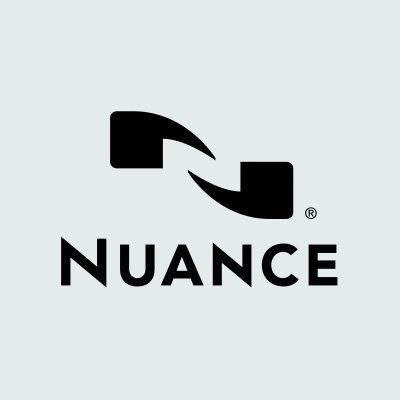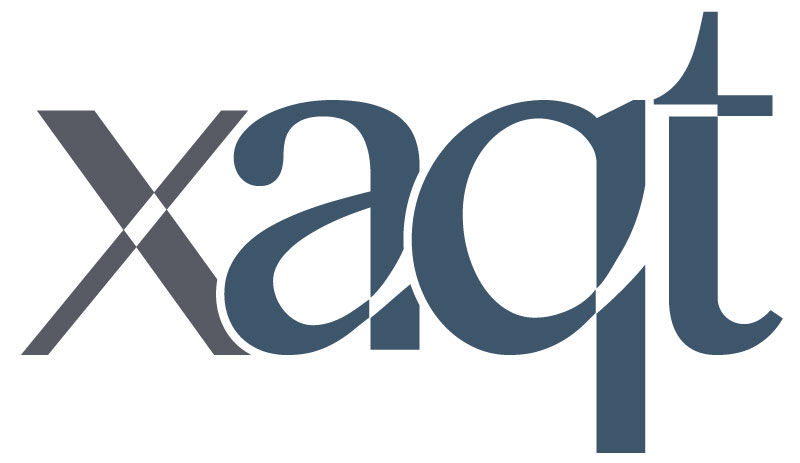Designer/Builder
Create great conversational experiences, for any channel, powered by the latest AI.
10,000 colors to paint with. With technology out of the way, you’re free to focus on creating great experiences.
Success or failure isn’t measured by latency, your tech stack, or intent-recognition rates. Making great experiences is what counts.
CS-G2’s Designer/Builder tool makes it so much easier to create great experiences, with our without writing code. Designed for a more agile approach to creating conversational applications and process automation.
People with varying technical abilities can work together to more easily create the great conversational applications:
- Experience designers
- Developers
- Data analysts
- Business leaders
CS-G2 combines rules-based AI and neural networks to allow people to create AI solutions fast and without the need for massive training data sample sets.
By combining the learning capabilities of neural nets and the reasoning power of rule-based AI, XD’s can adapt to new settings and problems with much fewer data. Add in HitL and you can cut upfront training data needs to almost zero.
Shared Library
Browse our library of pre-designed patterns
Tons of patterns and templates, and we’re adding more all of the time.
A lot of problems have already been solved.
You’ll find tons of templates and patterns in our Shared Library, and we’re adding more all the time.
- The tools you need to make powerful, flexible, scalable solutions without reinventing the wheel.
- Tons of patterns and templates incorporating best practices into predesigned steps, skills, flows, views and cards.
- You’ll find anything from specific steps, through to full solutions that you can add to your applications.
Action Desk
Custom reporting tools & management dashboards
Action Desk is more than custom reporting.
It’s about creating real, actionable relationships between your conversational applications and their reporting.
Create custom reporting views, dashboards and widgets that tie into your conversational experiences. Create triggers for automated tasks and realtime analysis and adaptations driven by your data.
Equip your conversational applications to making realtime adaptations to the experiences they offer, based on analysis and triggered events in your custom reports.
Human in The Loop
Custom UI for communicating with customers
Merging AI and humans makes the workforce smarter.
Merging AI and human minds makes the workforce smarter.
Bots work within your customer service agent’s UI’s to help them do their job – agents can ask for their bot for help, query history or get recommended responses, etc. Agents can also moderate bot-managed conversations in real-time, in order to contribute to AI-training and/or step in where human-touch is needed.
Meanwhile, agent’s bots also learn from live human-to-human interactions (via in-line AI training). Agents train bots in real time, helping AI and bots to retain and apply knowledge and skills. The knowledge and skills retained by AI and bots through in-line training can then be disseminated across your organization, to support agents and continually advance the capabilities and success of all your organization’s intelligently automated conversations.
Live Agent cards show context to your agents during live correspondence (order history, customer profile info, etc) – configure new custom cards, or iterate cards from the Shared Library.
Files
Push, pull and store data and files without writing a line of code.
CS-G2’s Files tool handles hosting issues for you.
It was created to support the most convenient experience possible in hosting and serving the files and assets that support your conversational applications. Plus, latency issues are latency – handles hosting issues for you.
Tables
Easy, perminent and accessible storage with low latency.
Low latency, accessible, easy storage for your applications and reporting.
Designed and optimized to make it easier to host and access the data your conversational applications captures and uses, on the back end in interacting with end users.



























